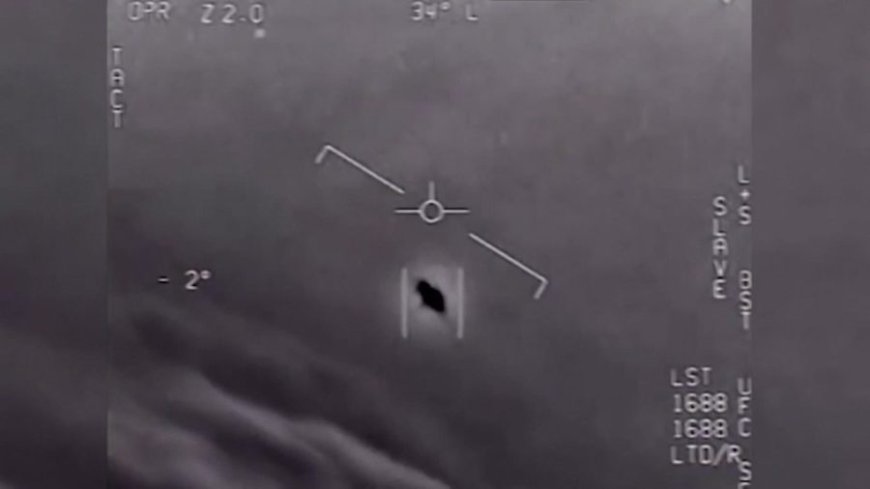Canadian report recommends creation of UAP reporting office
The report said the goal was to examine UAP reporting and not address the question of extraterrestrial life.

Canada's top scientist is recommending the creation of a new federal body to collect and investigate UFO sightings after a report was released on the subject.
Also called Unidentified Aerial Phenomena (UAP), the preferred term used by governments and scientists seeking to avoid the stigma associated with UFOs, the topic of strange objects in the sky has been in the headlines recently.
The report notes that new technology and increased aerial activity can lead to an increased number of sightings that are, at least to the observer, unexplained.
"Whether satellites, drones, planes or atmospheric events, no one would deny that there is more and more activity in the skies above us.," the report reads. "Our ability to understand what we observe depends on a multitude of factors, such as time of day, cloud cover, distance and colour contrast."
"Rarely does anyone mistake a flock of geese flying in V formation for a fighter squadron flying at high altitudes," it continues. "But sometimes what is being observed in the sky is not immediately clear, and a person may wonder if what they are seeing is a natural phenomenon, a new type of aircraft or something else altogether."
The Sky Canada project was created in 2022 under the Office of the Chief Science Advisor of Canada, cardiovascular scientist Dr. Mona Nemer.
Report recommends new UAP office
The report suggests there is a need for Canada to establish an office to collect and investigate UAP reports, with a suggestion that the Canadian Space Agency could be a partner in the effort as a trusted scientific source.
Trust was one issue raised by the report, which noted that reports of unexplained sightings can lead to the spread of misinformation and disinformation.
"One of the primary issues with misinformation and disinformation is their impact on public trust. When people are repeatedly exposed to false narratives, they may become skeptical of credible sources, including scientists, journalists and government institutions," the report reads.
Reducing UAP stigma
The findings also urge such an office to encourage pilots, air traffic controllers and cabin crews to report UAP sightings without fear of stigmatization.
It also recommends making the records available to the public and creating tools for data collection and combating disinformation.
The report also noted that credible UAP reports received by several government departments and agencies are overlooked as they don't clearly fall under the mandates of those authorities.
The project estimated there could be as many as 1,000 UAP sightings per year in Canada, with reports coming from professional pilots, military and law enforcement members and the general public.
Canada is not alone in focusing on UAP reports. The Pentagon's All-Domain Anomaly Resolution Office (AARO) is tasked with investigating reports in the U.S. and other countries, including France, Chile and China, which also have official offices to look into sightings.
The question of extraterrestrial life
While the report recommends more investigation into UAPs, the report is also clear in stating that the goal of the project was not to address the question of extraterrestrial life or visitors.
In the U.S., AARO has remained firm in saying there is no evidence linking UAPs to non-human intelligence, despite claims to the contrary from whistleblowers.
The Canadian report acknowledged a lack of evidence linking alien life to UAPs while also admitting that some sightings remain a mystery.
“UFOs are by their very definition unidentified, but this does not imply that they are of extraterrestrial origin, that they defy natural or scientific explanation, or that they would not be identifiable with access to additional or better data and tools,” it said. “Nonetheless, some UAP sightings — for which data exist — remain unexplained even after investigation.”
What's Your Reaction?
























